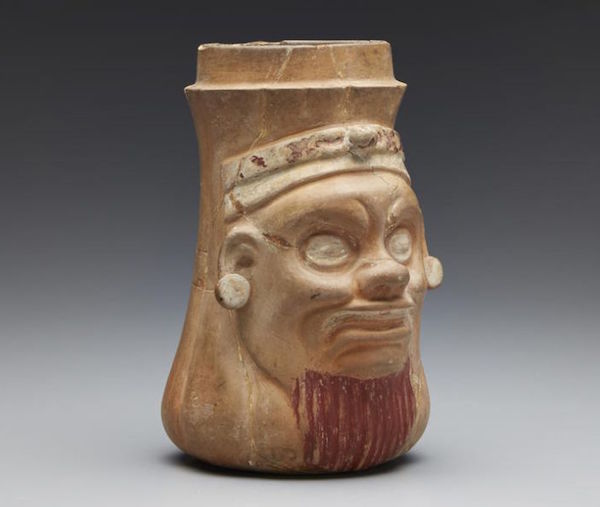Auctions
Mexico Says Bonhams Knowingly Sold Fake Antiquities
Twenty-nine dubious pieces went under the hammer on Wednesday.

Photo via: El País
Twenty-nine dubious pieces went under the hammer on Wednesday.

Lorena Muñoz-Alonso

Mexico’s National Institute of Anthropology and History (INAH) has accused Bonhams New York of selling 29 fake pre-Columbian pieces in an auction that took place on Wednesday, El País reports. According to the Spanish newspaper, Bonhams repeatedly ignored complaints that the INAH had been issuing for over a month, and has sold a number of the fake items for a total of $159,375.
Bonhams offered 314 lots as part of its African, Oceanic and Pre-Columbian Art auction, which took place yesterday in New York, despite the INAH warning that up to 50 percent of the pre-Columbian pieces included in the catalogue were fakes.
Some of the allegedly apocryphal artifacts—listed as being original Mayan effigies, sculptures of Aztec warriors, and a sculpture of the Mexican goddess of sexuality, Xochiquétal—might have been fabricated fairly recently, according to the INAH. “Two of the pieces, purportedly carved from volcanic red stone, have cracks that evidence modern materials: a grey composite covered with a paste that simulates the color and texture of stone,” the institute declared in a press release.
According to El País, 30 percent of the auctions total sales come from artifacts that the INAH blacklisted. The most expensive blacklisted item is a sculpture of a Mayan female leader, dated between 550–950 AD, which sold for $25,000. In the auction catalogue, Bonhams states that the sculpture had previously been sold at Sotheby’s New York in 1999.
The Consul General of Mexico in New York, Sandra Fuentes, tried to stop the auction on Tuesday, a day before it took place, to no avail. The INAH insists that the sale has infringed the Federal Law on Monuments and Archaeological, Artistic and Historic Zones, as well as the Treaty of Cooperation Between the United States of America and the United Mexican States Providing For The Recovery and Return of Stolen Archaeological, Historical and Cultural Properties, which was signed in 1970.

Mayan effigy, dated between 550 and 950 AD. It sold at auction at Bonhams for $21,150
Photo via: El País
According to AFP, a Bonhams representative said on Tuesday: “We work closely with Interpol, government authorities, the Art Loss Register as well as institutions and academics with expertise in this area to ensure that provenance is correct and that we have complied with applicable legal requirements, which is exceptionally important to our business.”
However, according to NPR, on Wednesday, the day of the sale, a Bonhams spokeswoman said the auction house was evaluating “new information” about the items.
Nonetheless, according to El País, some questions remain unanswered as to how, when, and where the INAH’s experts conducted their assessment. The INAH claimed that their experts analyzed the artifacts in situ, but also that Bonhams had refused provide technical assistance to their team.